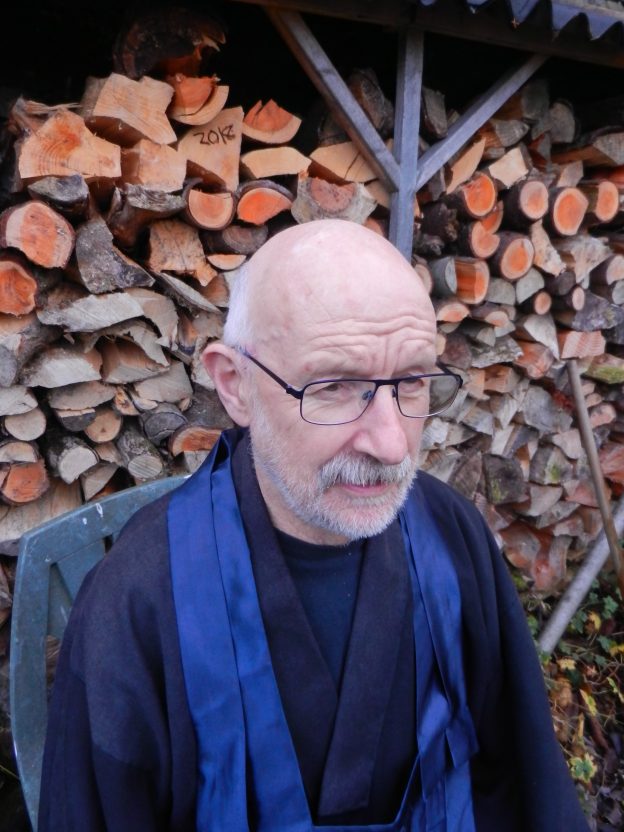I have been reading Genpo Roshi’s latest literary offering “Spitting out the Bones.” Whilst this is not a plug or a review, it is a fascinating and irritating experience. And for this Brit, proof that the cultural divide still remains as strong as ever.
There was always something epic about Roshi and although personally, I loved and feared him, I never felt we really connected and we spoke as foreigners. And this is an epic journey from Billy Graham to Billy No-Mates on a Hollywood scale and nobody but Genpo could have done it. He always spoke about moving Zen from East to West and in this volume he certainly has achieved that. A considerable portion of the book is given over to his long, hard fall from grace and his subsequent work over the last five years in coming to understand his problems. No-one can deny he has been through a tough time and there is a lesson in there for all of us. Charisma and good looks can be toxic, luckily I never had that problem. Two things shone through in the reading, one is the “spiritual bypassing” that would seem to affect us all if we are not very careful, the second is the design on the cover, a plate with a fork on one side and chopsticks opposite. In the middle of the plate is the Enso, the famous black circle. More of this later.
I have always felt that our basic approach to practice, letting up, letting be, letting go, is flawed. This is the basic monastic method which probably works well in a monastic setting but not so well in everyday life where the emphasis is more towards the relative than the absolute (no self). The letting up and letting be is helpful but the letting go can, after a while, begin to become unhelpful as it encourages skipping a great deal of self examination. Even therapy, until recently, has been discouraged except for single issue difficulties (Genpo’s words circa 1990, not mine.) Certainly this is my experience and I suspect, that of others. In fact I believe now that we should be prepared to enter therapy or emotional examination at any time, not just the early years of practice. This is, after all, our Zen practice in daily life. There are plenty of warnings about this but spiritual materialism is subtle and effective and sometimes we might need a non-Zen eye to challenge us.
The second feature mentioned was the Enso, sitting on the plate, like a black sausage, waiting to be swallowed, some of which by implication can be spat out. For me, the most interesting feature of this black circle is, not only what can be spat out, but the shape, it never completely joins up and for us it can never join up. What is so important about this gap? I have my own treasured opinions about this, how about you?

